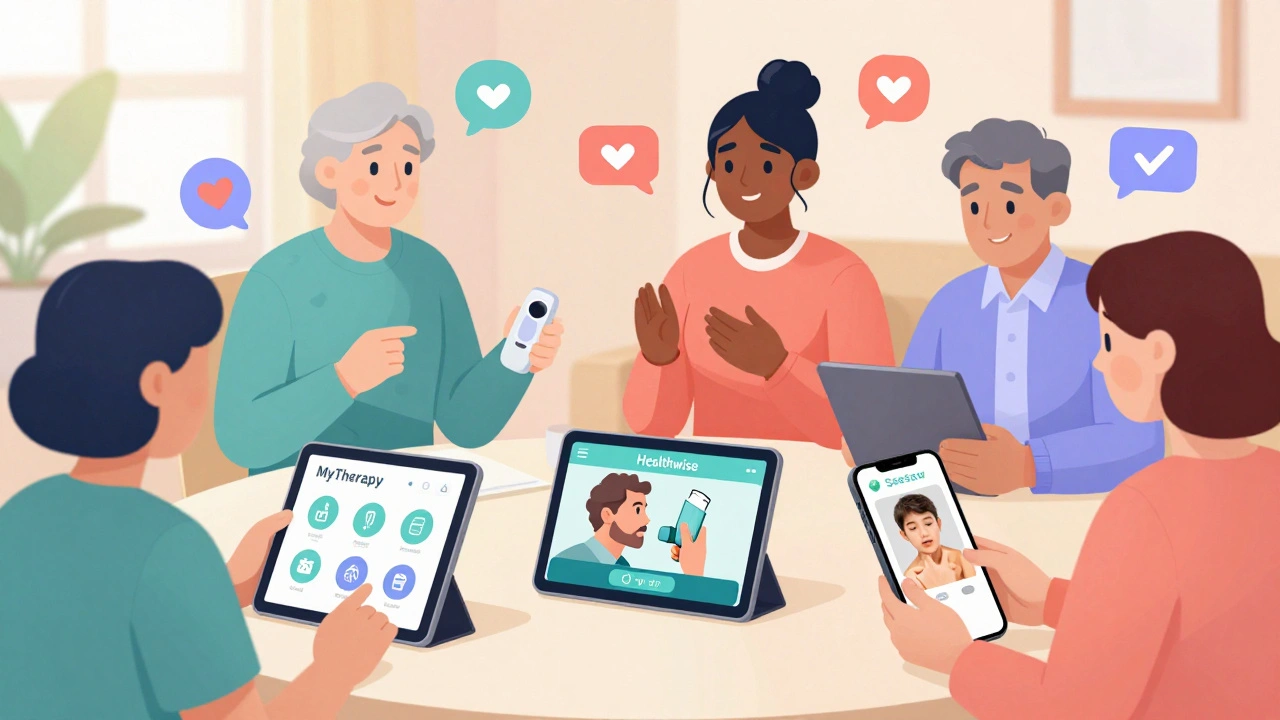Infection treatment: what works, what doesn’t, and what to try first
Not every infection needs an antibiotic. Using antibiotics when they aren’t needed can make future infections harder to treat. This page gives clear, practical steps you can use right now — how to spot a serious infection, simple home care, when to call a clinician, and how to be safe when buying meds online.
Start by reading your symptoms. Mild throat pain, a runny nose, and low fever usually point to a virus. Most viral infections get better in a few days with rest, fluids, and OTC pain relief. High fever, worsening pain, spreading redness, pus, shortness of breath, or confused thinking are red flags — those need prompt medical attention.
How common infections are usually treated
Different infections need different approaches. Skin infections with spreading redness or pus often need antibiotics. UTIs commonly get short courses of specific oral antibiotics after urine testing. Ear infections and strep throat may require antibiotics if confirmed by a clinician. For gut infections like traveler’s diarrhea, fluids and electrolytes come first; antibiotics are reserved for severe cases. If you’re unsure, a quick call or telehealth visit can save time and prevent mistakes.
Want a safe rule of thumb? If symptoms are mild, wait 48–72 hours while using basic home care: hydration, rest, saltwater gargles, warm compresses for painful areas, and over-the-counter fever reducers. If symptoms improve, keep letting the body heal. If they don’t, see a provider.
Antibiotics: use them smart
Only take antibiotics prescribed for your current problem. Finish the prescribed course unless your doctor tells you otherwise. Stopping too early or saving pills for later boosts antibiotic resistance — that’s when drugs stop working for everyone. If you have side effects like severe diarrhea, rash, or breathing trouble, call your clinician right away.
Thinking of buying antibiotics online? Choose verified pharmacies, require a valid prescription, and check reviews from reliable sources. Avoid sites offering powerful drugs without a prescription — that’s risky and often illegal. Our site has guides on safe online pharmacies and tips to spot scams.
Prevention matters. Good handwashing, staying up to date on vaccines, cleaning wounds properly, and avoiding close contact when sick cut infection risk a lot. For post-surgery or wound care, follow your surgeon’s instructions closely to reduce inflammation and infection risk.
If you want to read deeper, check articles on specific antibiotics, alternatives for gut-focused drugs, and safe online buying. Use this tag to find guides on medication safety, dosing tips, and when to seek help. Treat infections thoughtfully — the right step today avoids bigger problems tomorrow.






